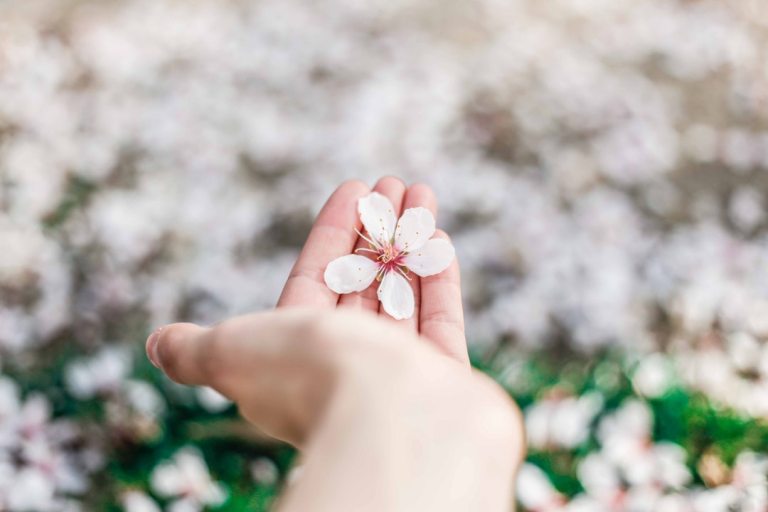What Namaste Means: The Origin of Namaste and How it’s Used in Yoga
Namaste is a word that most people have heard from their yoga teacher. They might even know the pose associated with the phrase. However, they probably don’t understand the true meaning of namaste or the deep religious significance that it holds in India and other parts of the world. Although the term has grown in popularity in western parts of the world, Namaste has a much deeper meaning than most people realize.
What Does it Mean?
Namaste is a Sanskrit phrase. It combines the word namaḥ, which means to bow or bend, with -te, which means to you. When put together, the official namaste definition is (he/she) bows to you.
In the western part of the world, the word namaste is commonly spoken aloud while a person is bowing. In yoga, this is typically done at the beginning and end of class as a salutation and a goodbye. However, in Indian culture, a slight bow signifies namaste. Saying the word is completely unnecessary in India because it speaks for itself.
Namaste Origin
Namaste is used as a greeting around the world. The gesture is the Nepalese way of saying hello and goodbye in more formal situations, like when someone is speaking to an elder or a stranger they don’t know very well. Of course, they aren’t the only ones who use the gesture. It is a popular greeting across the Indian subcontinent and in parts of Asia. However, the term is most commonly associated with Hinduism and yoga.
In fact, some people believe using namaste is a form of cultural appropriation of Hindu culture. They worry that the true meaning of the word has lost its context and is consistently used in an incorrect, disrespectful way. Since it has such a strong spiritual meaning, it’s important to view the word with reverence.
Remember, people who practice Hinduism believe god is everywhere — in rocks, in trees, and in animals. When they say namaste, they are really saying, “The god in me bows to the god in you.” It could also mean, “The divine light in me honors the divine light in you.” Nameste is meant to teach about morals, values, and beliefs. It is not meant to be thrown around by people who don’t understand its true meaning.
Using Namaste in Yoga
The namaste gesture symbolizes one soul acknowledging the other. It is meant to bring peace to the mind and body. It can be used as a meditation technique and is a common yoga practice.
The namaste posture involves standing on a yoga mat and bringing the hands together near the heart chakra, which is where the divine spark within each human being is located. Simply close the eyes and bow the head while practicing this pose.
However, there is another way to perform this yoga pose. It can begin with folded hands pressed together in front of the third eye, which is located on the forehead. Then slowly bring the hands down to the heart while bowing the head.
It doesn’t matter which version of the pose is used because the meaning behind it is the same. As long as one hand is pressed flush against another in a prayer position, it is a type of prayer pose. Although this is commonly referred to as a namaste posture or pose, the Sanskrit word for this gesture is Anjali Mudra.
Overall, in yoga class, the namaste greeting is a symbol of gratitude and respect between the yoga instructor and their students. It creates a union of spirits. It unblocks the heart chakra and creates a feeling of peace. It allows the yoga teacher and their students to spiritually connect through their energies. ![]()





